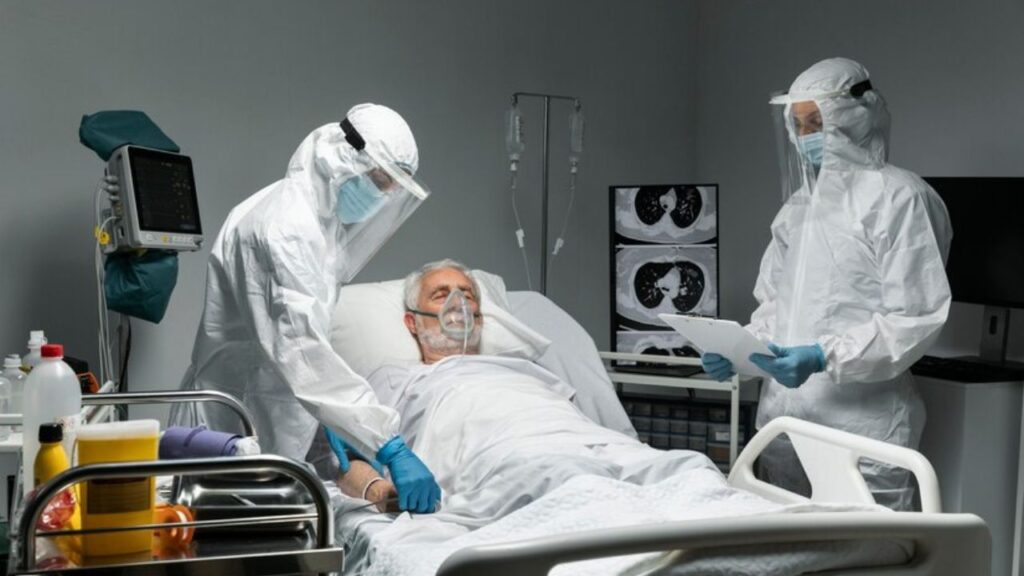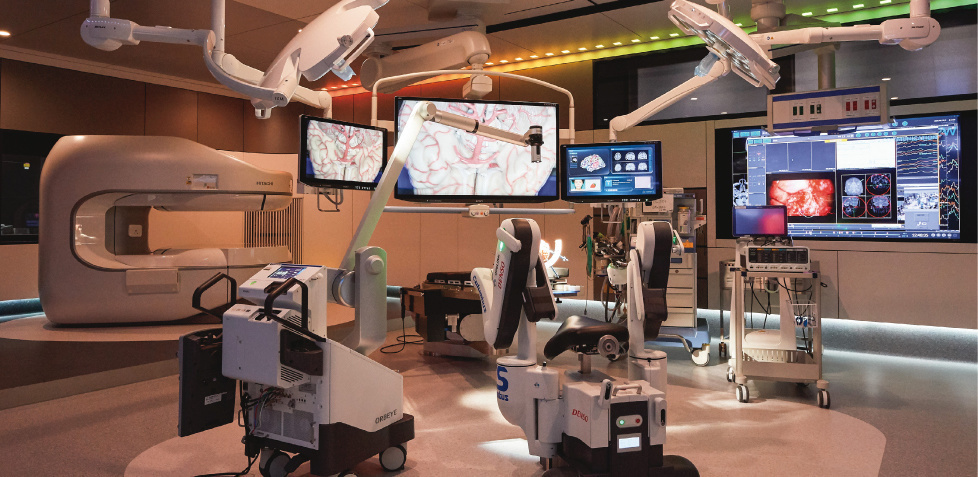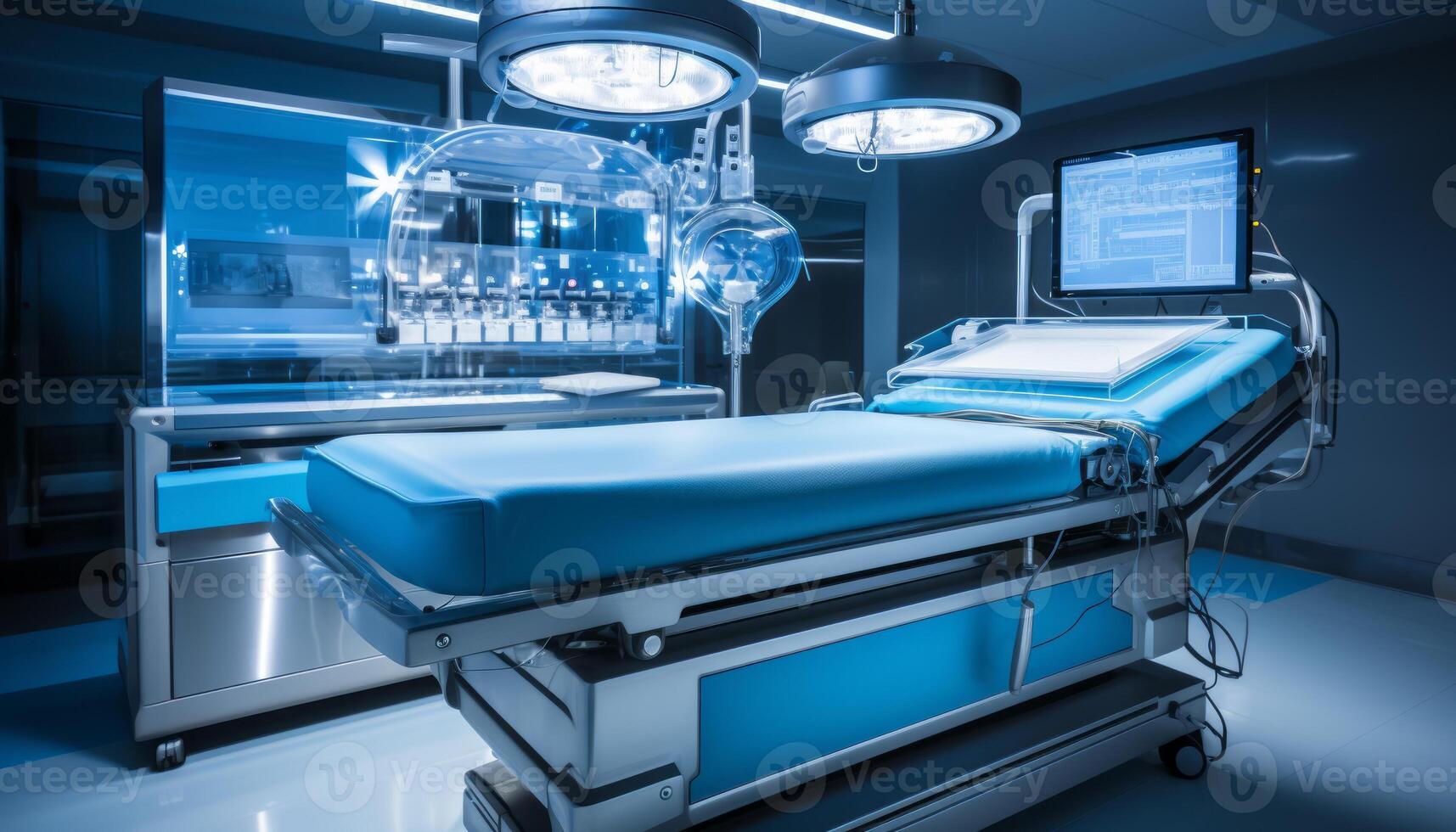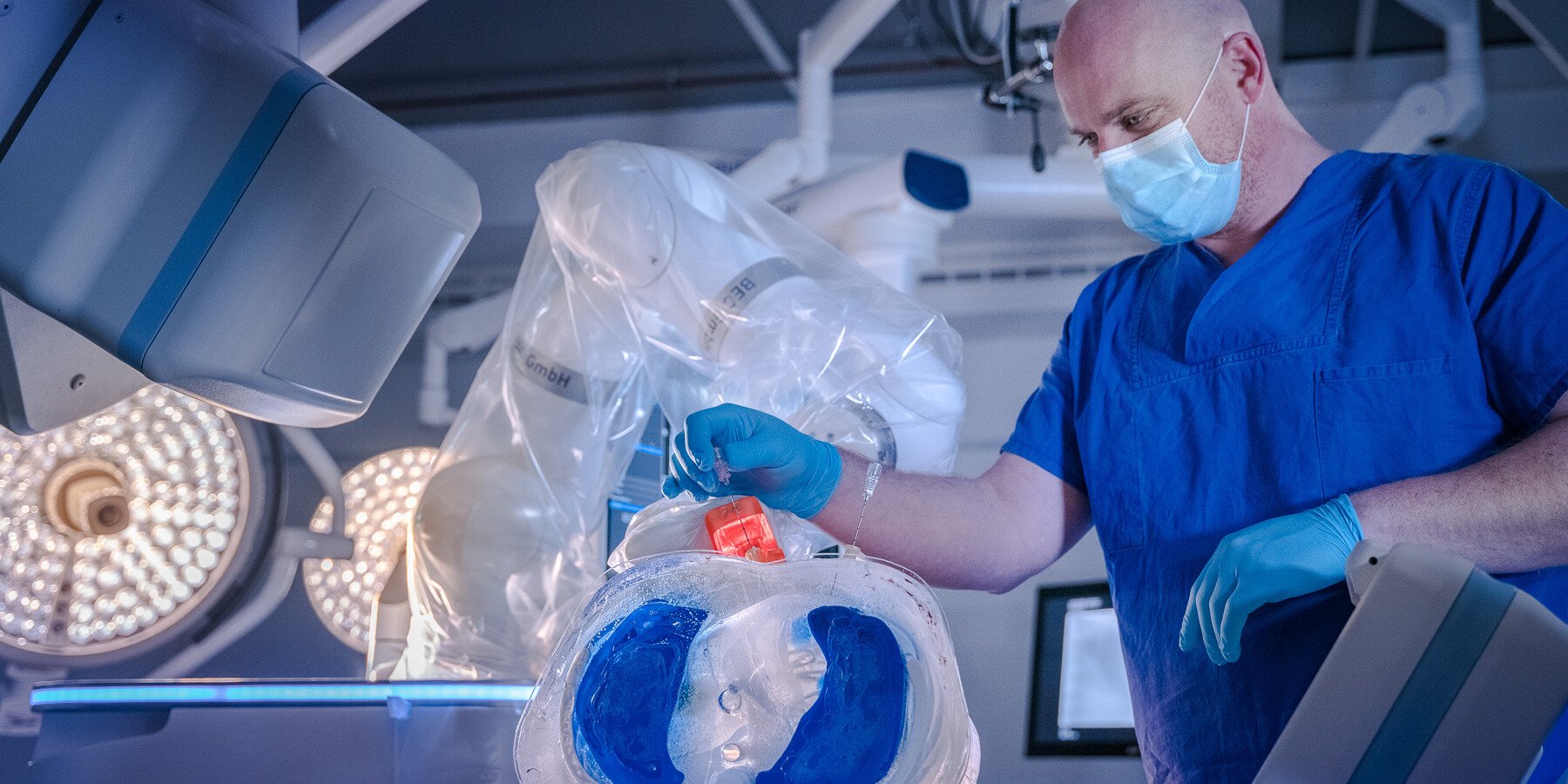Facilities That Use Cutting Edge Medical Technology For Automated Ntubation
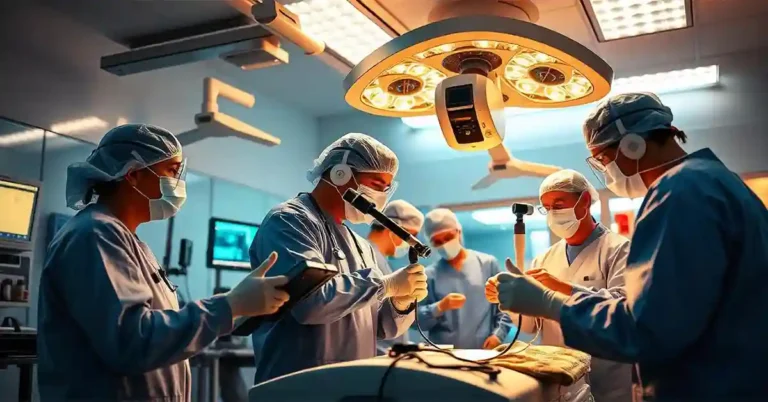
Hospitals and emergency medical services are increasingly adopting automated intubation systems, leveraging cutting-edge technology to improve patient outcomes and reduce the risk associated with traditional manual intubation procedures. These systems, incorporating advanced robotics, imaging, and artificial intelligence, aim to streamline the intubation process, ensuring faster and more accurate airway management. This shift represents a significant advancement in critical care, potentially impacting patient survival rates and healthcare efficiency.
The implementation of automated intubation technology is driven by the need to address challenges inherent in manual intubation. Manual intubation, while a life-saving procedure, can be difficult, especially in patients with complex anatomy or in emergency situations with limited visibility.
These difficulties can lead to complications such as esophageal intubation, airway trauma, and prolonged periods of hypoxia.
The Rise of Automated Intubation Systems
Automated intubation systems utilize a variety of technologies to guide and assist clinicians in securing a patient's airway. Many systems incorporate real-time imaging, such as video laryngoscopy, to provide a clear view of the vocal cords and surrounding structures.
Some systems also use robotic arms to precisely manipulate the endotracheal tube, minimizing the risk of injury. Furthermore, artificial intelligence (AI) algorithms can analyze imaging data to identify optimal tube placement and provide real-time feedback to the clinician.
These technologies work in concert to enhance the accuracy and speed of the intubation process.
Key Features and Benefits
The benefits of automated intubation systems extend beyond simply improving the technical aspects of the procedure. Reduced intubation time is a critical advantage. Studies have shown that automated systems can significantly decrease the time required to secure an airway, particularly in challenging cases.
This faster intubation time can lead to improved oxygenation and reduced risk of brain damage due to hypoxia. Another benefit is the reduction in human error. By providing real-time guidance and feedback, automated systems can help clinicians avoid common mistakes, such as esophageal intubation or airway trauma.
Additionally, these systems can be particularly valuable in training new clinicians, providing a standardized and objective learning experience.
Deployment and Adoption
The adoption of automated intubation systems is gradually increasing across various healthcare settings. Major hospitals and academic medical centers are often early adopters of these technologies, recognizing their potential to improve patient care and advance medical knowledge.
Emergency medical services (EMS) are also exploring the use of automated intubation systems in pre-hospital settings. The ability to quickly and accurately secure an airway in the field can be life-saving for patients experiencing respiratory distress or cardiac arrest.
However, the high cost of these systems remains a barrier to widespread adoption, particularly in smaller hospitals and resource-constrained healthcare systems.
Challenges and Future Directions
Despite the promising benefits of automated intubation systems, challenges remain in terms of cost, training, and integration into existing clinical workflows. The initial investment in these systems can be substantial, requiring careful consideration of budget constraints and potential return on investment.
Training clinicians to effectively use automated intubation systems is also crucial. While these systems are designed to be user-friendly, proper training is essential to ensure that clinicians can confidently and safely operate them in various clinical scenarios.
Looking ahead, future research and development efforts are focused on further enhancing the capabilities of automated intubation systems. Integration with other medical devices and electronic health records is one area of focus.
Improving the accuracy and reliability of AI algorithms is also a priority. As these technologies continue to evolve, they have the potential to transform the way airways are managed in critical care settings.
The Human Impact
Beyond the technological advancements, the real impact of automated intubation lies in its ability to improve patient outcomes and save lives. Consider the case of a patient experiencing a severe asthma attack, struggling to breathe. In such scenarios, rapid and accurate intubation is essential to prevent respiratory failure and brain damage.
Automated intubation systems can help clinicians secure the airway quickly and efficiently, potentially preventing long-term complications. The improved outcomes for patients are expected to result in decreased morbidity and mortality rates. The precision and speed offered by these systems can make a significant difference in life-threatening situations.
These innovations also offer the opportunity to reduce the stress and workload of healthcare professionals. Clinicians can be assisted with the process, especially in difficult or high-pressure situations.
Conclusion
Automated intubation systems represent a significant step forward in medical technology, offering the potential to improve patient outcomes, reduce human error, and enhance healthcare efficiency. As these technologies continue to evolve and become more accessible, they are likely to play an increasingly important role in critical care settings.
The journey towards widespread adoption may be gradual, but the benefits of automated intubation are clear, pointing towards a future where airway management is safer, faster, and more effective. Ultimately, it’s about saving lives and improving the quality of care for patients in need.

